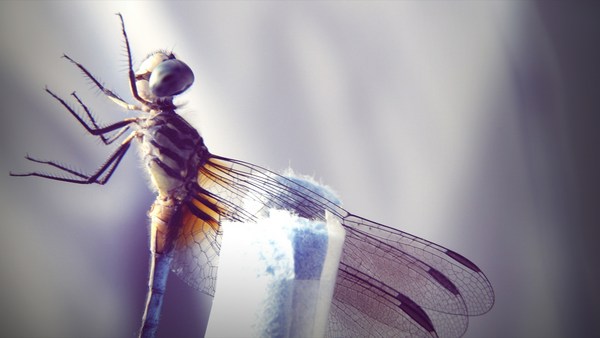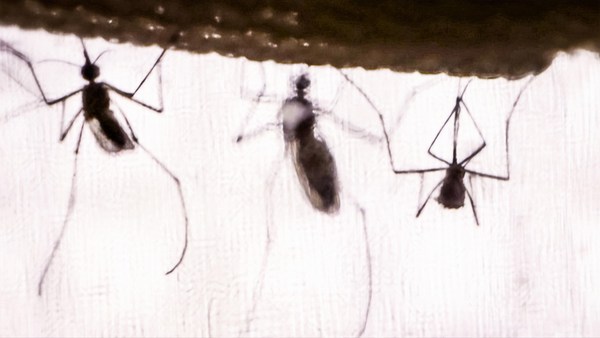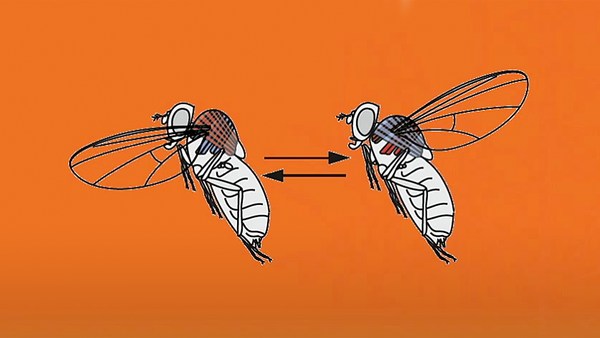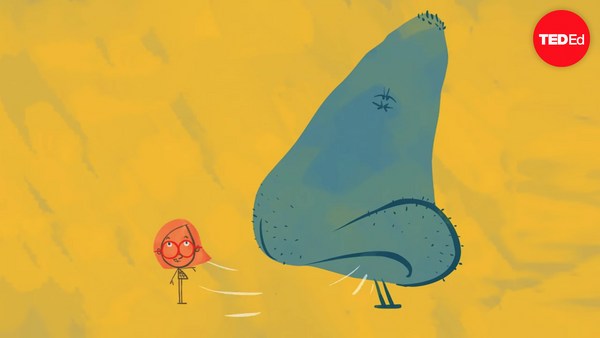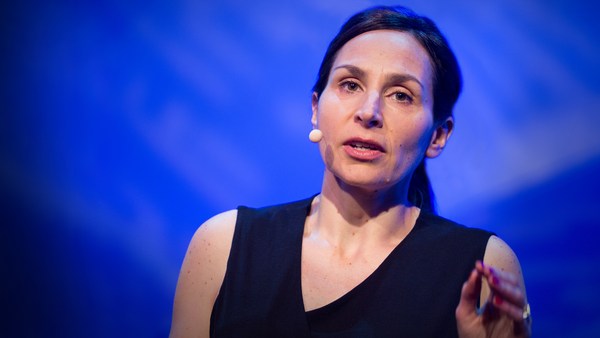Greg Gage: It's an age-old pursuit of all parents, getting their kids to eat their vegetables. But getting them to eat cookies or ice cream is relatively easy, and that's because our brains prefer sweetness. Now, there's a new technology called optogenetics which may be able to trick our taste buds, for instance preferring vegetables over sweets. We're going to try this today using fruit flies.
[DIY Neuroscience]
The reason why we experiment with fruit flies is they have a small enough nervous system that gives us a fighting chance to really understand what's going on. And believe it or not, their taste buds are very similar to ours. But before we try to manipulate their taste preferences, we need to establish: What is the baseline of the fruit fly? What does it prefer? We call this a control experiment. Spencer's been hard at work doing this.
OK, Spencer, let's do our first experiment. We want to test to see if fruit flies prefer bananas or broccoli. So what do we need?
Spencer Brown: So we need the fly pad, which is basically an iPad for flies. It measures the touch.
GG: You put a fly in each chamber?
SB: Yeah. Inside, we'll offer them banana and broccoli to see which one they prefer.
GG: In order to count how many times the fruit fly eats a banana versus the broccoli, these chambers have been outfitted with a small electrode that sends data to a computer. And so what were your findings on banana versus broccoli?
SB: I found that the flies visited banana the most.
GG: Both were there, but like most kids, they choose not to eat the broccoli, and they go switch to something sweeter.
GG: Now a quick background on how taste works. Taste buds are made up of specialized neurons called taste receptors. When we eat something that triggers a particular taste, those taste neurons will fire a signal to the brain. This allows our brain to know what's sweet and what's bitter. So when a fruit fly eats a banana, its sweet taste neurons will fire. But when it eats broccoli, those same neurons stay pretty quiet. But what if we could force those sweet-tasting neurons to fire every time the fruit fly eats broccoli? We may be able to get the fruit fly to like broccoli as much as banana.
Enter optogenetics. This is the revolutionary new tool that's taking neuroscience by storm, and in this case, "opto" means light and "genetic" refers to the fact that these fruit flies have been modified to contain a special gene that makes only certain neurons respond to light. In our case, we've added the special gene to the sweet taste receptors.
Now here's the fun part. Optogenetics means that we can control these special neurons whenever they're exposed to a bright-colored light, causing them to send messages to the brain. In this experiment, we're going to have these modified fruit flies choose between banana and broccoli again, only this time, every time the fruit fly eats the broccoli, we're going to trigger a big bright red light. And when the channels see that red light, they're going to open up, and they're going to cause that neuron to fire, and the sweet taste message will be sent to the brain.
How do you get them out?
SB: So we're going to be using a mouth aspirator, so it's just two straws put together.
GG: So it's a fancy name for a straw.
SB: Basically.
GG: So you're going to suck those out. Have you ever sucked up a fly before?
SB: Once or twice.
GG: There we go. You got all four. OK, perfect. So you're going to turn on your OptoStimmers here. You're going to park the light right on top of the chambers. So now we sit here and we wait for them to eat broccoli, and then when the light fires, they're going to think it's tasting something sweet.
Come on. Oh, he's getting closer. Come on. It tastes good now.
SB: It's about to.
GG: Oh, he's back. All right! All right, so now we see that some of these flies are switching over from the banana to the broccoli.
SB: Exactly, yeah.
GG: Every time this light goes off, that means that they think they're tasting something sweet.
SB: Yeah. So this guy's really going after it.
GG: So we saw that we were able to rescue broccoli and make it just as appealing as banana to our fruit flies. And we're able to replicate these same results in all of our experiments. So the question is: Can we do the same thing in humans? Well, that depends on a number of items. First, do optogenetic tools even work in humans? And that looks like the answer is yes, and in fact, clinical trials are already being planned that will treat chronic pain and blindness using optogenetics. And the next question is, can we easily trigger a light source so that every time we eat vegetables, it will go off? For that, I'm afraid at least at this time, the answer is still no. But today, we got to witness just a taste of optogenetics and its amazing potential.
(Music)
